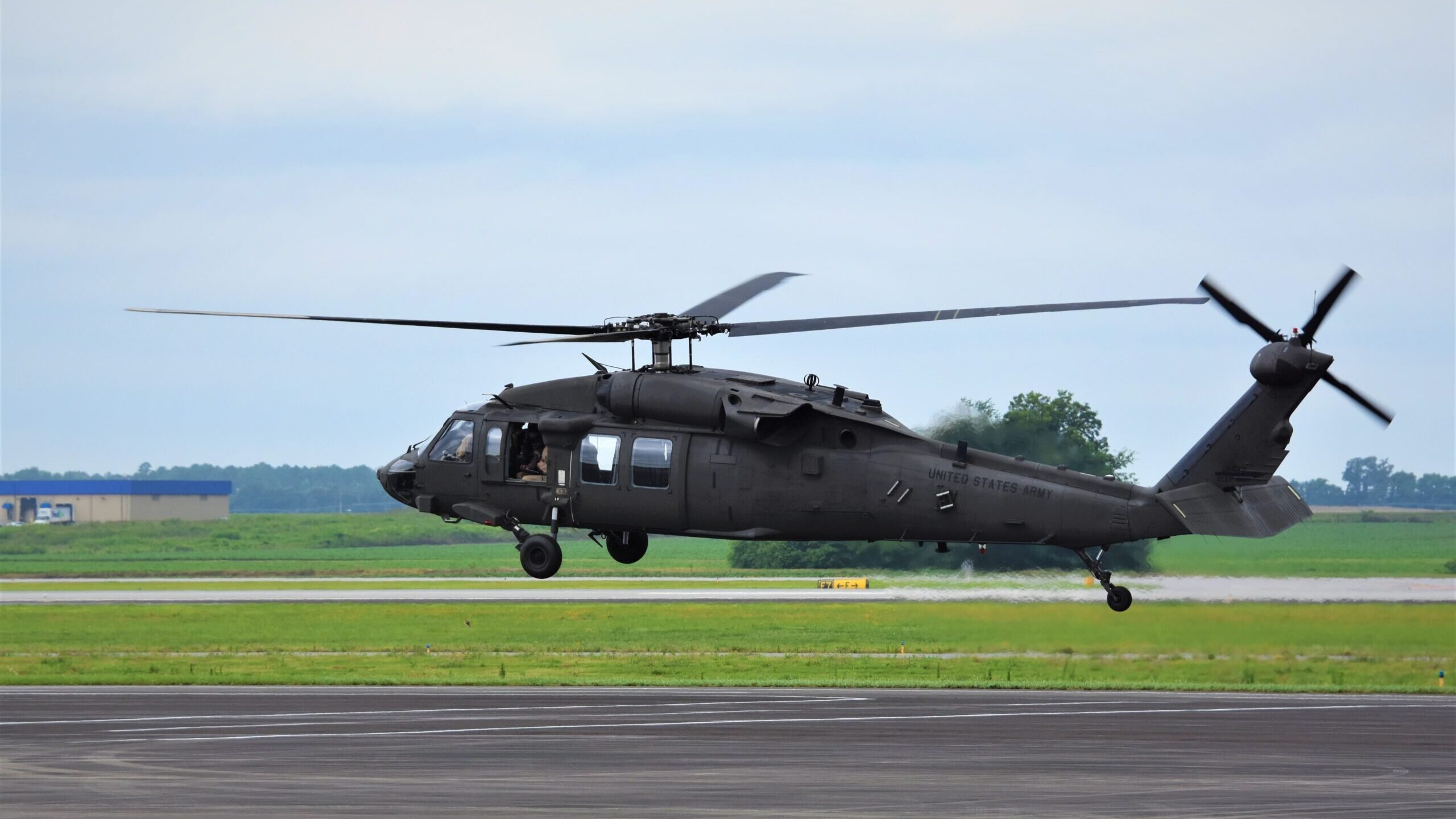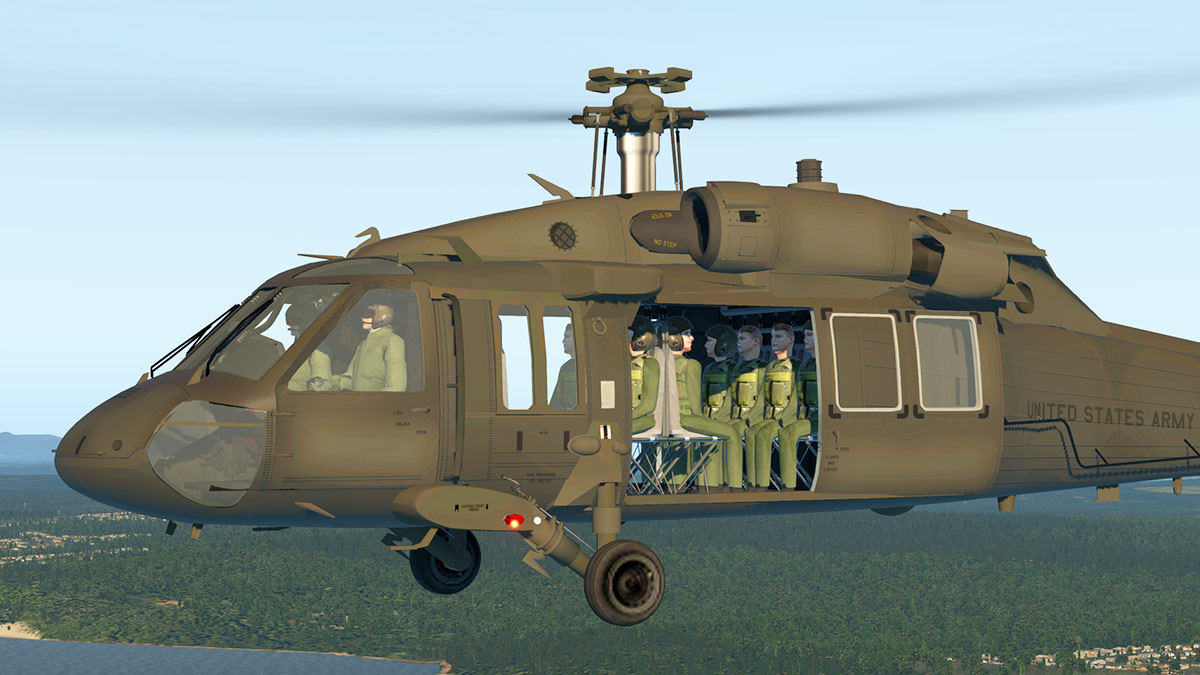UH 60 Black Hawk: Armed Forces Helicopter Attributes and Capabilities
UH 60 Black Hawk: Armed Forces Helicopter Attributes and Capabilities
Blog Article
A Comprehensive Guide to the Maintenance and Treatment of Aircraft for Longevity
The durability of an airplane hinges substantially on its maintenance and treatment, requiring a structured approach to guarantee optimal performance and security. Recognizing the details of these practices can be intricate; for that reason, it is necessary to discover the important aspects that contribute to efficient airplane care and the implications of neglecting these obligations.
Importance of Normal Upkeep
Normal maintenance is vital for the security, effectiveness, and long life of aircraft. A systematic strategy to upkeep makes certain that all elements operate optimally, thereby decreasing the risk of mechanical failing during operation. Routine evaluations and servicing permit professionals to recognize prospective concerns prior to they escalate into significant problems, making certain that the airplane remains in conformity with aeronautics regulations.
In addition, preserving an airplane according to the supplier's standards is vital for protecting its value. A well-documented maintenance history can improve resale leads and infuse self-confidence in possible purchasers. Furthermore, regular maintenance adds to operational performance, as it helps to enhance fuel intake and performance metrics, bring about set you back financial savings over time.
Furthermore, normal upkeep contributes to the overall safety of trip operations (uh 60). By resolving wear and tear quickly, drivers can mitigate dangers related to aging aircraft systems. This aggressive strategy not only safeguards the lives of passengers and team but also safeguards the aircraft itself versus catastrophic failings

Daily Examination List
Exactly how can pilots and upkeep teams make certain the aircraft is in ideal problem before each flight? The response hinges on a thorough day-to-day inspection checklist, which serves as a vital method to recognize potential problems that can compromise security and efficiency. This list needs to incorporate a number of key locations, including exterior and indoor inspections, in addition to useful checks of important systems.
Starting with the outside, staffs need to assess the airframe for any noticeable damages, leaks, or indications of deterioration. Focus needs to be paid to manage surfaces, touchdown equipment, and the condition of tires. Transferring to the interior, the team must confirm that all controls and tools are operational, making certain that electronic systems are working appropriately.

In addition to structural checks, it is necessary to examine gas degrees and validate that all called for records, consisting of registration and weight and balance details, are up to day. An evaluation of emergency tools, including life vests and fire extinguishers, have to be conducted to guarantee conformity with safety and security policies. By diligently following this daily examination checklist, pilots and maintenance crews can substantially improve the security and dependability of their airplane.
Set Up Upkeep Programs
Scheduled upkeep programs are vital for the long-lasting safety and security and efficiency of aircraft procedures. These programs are made to make certain that all aircraft parts undertake regular examinations, upkeep, and needed fixings at fixed periods. By sticking to an organized maintenance timetable, drivers can considerably decrease the danger of in-flight failures, enhance aircraft dependability, and prolong the lifespan of crucial elements.
Normally, scheduled maintenance is categorized right into numerous levels, consisting of A, B, d, and c checks, each with distinct needs and thoroughness. A checks are typically extra constant and concentrate on fundamental minor repair work and visual assessments, while D checks are extra comprehensive and occur less often, including considerable disassembly and overhaul of the aircraft.
Regulatory bodies, such as the FAA and EASA, mandate compliance with specific upkeep routines based on aircraft type and usage. Operators should preserve precise documents of all upkeep carried out to show conformity and facilitate inspections. In addition, the assimilation of anticipating upkeep modern technologies can additionally enhance the effectiveness of scheduled programs by identifying prospective concerns prior to they rise, consequently ensuring that airplane remain in optimal problem and ready for risk-free procedures.
Take Care Of Airplane Interiors
Taking care of airplane insides is crucial not only for traveler comfort however likewise for maintaining the overall worth and safety and security of the aircraft. Routine cleaning and maintenance of the indoor components contribute significantly to a positive flying experience while maintaining the aircraft's aesthetic allure.
To make certain optimum treatment, it is necessary to establish a regular cleaning timetable that consists of vacuuming rugs, cleaning down surfaces, and sterilizing high-touch areas. Furniture and seats ought to be evaluated for deterioration, with any type of check my reference damage promptly dealt with to avoid additional deterioration. Additionally, interest has to be offered to the galley and lavatory locations, which need extensive cleansing and restocking of supplies to keep health.
Additionally, making use of suitable cleaner is crucial; extreme chemicals can harm finishes and materials, so it is advisable to use items specifically designed for aircraft insides. Routine assessments should also be conducted to identify any type of upkeep requires, such as changing worn-out seat covers or fixing home window tones. By prioritizing the care of aircraft interiors, drivers can improve the general traveler experience and secure the investment in their airplane.
Comprehending Regulative Compliance
Regulative compliance is an important facet of airplane maintenance, usually requiring drivers to adhere to an intricate framework of local, nationwide, and international requirements. This framework is mainly established by aviation regulative bodies such as the Federal Aeronautics Administration (FAA) in the United States and the European Union Air Travel Safety And Security Company (EASA) in Europe - uh 60. These companies set forth laws that regulate various facets of aircraft upkeep, including airworthiness, safety and security procedures, and operational procedures

In addition, drivers must stay educated concerning adjustments in regulations and join training programs to make sure that their team is experienced concerning conformity needs. Failure to abide with these regulations can result in severe charges, including penalties, grounding of aircraft, or loss of certification. Understanding and adhering to regulatory conformity is paramount for the longevity and security of aircraft operations.
Conclusion
In final thought, the maintenance Discover More and care of aircraft are critical for guaranteeing durability, safety and security, and functional performance (uh 60). Normal examinations, adherence to day-to-day lists, and organized upkeep programs help with the early identification of possible problems. Moreover, interest to the aircraft's inside and compliance with regulative standards considerably add to maintaining its worth. By implementing these techniques, drivers can improve the overall experience for guests while securing the investment in aeronautics possessions.
The look at this website durability of an airplane pivots dramatically on its maintenance and care, demanding an organized technique to make certain ideal efficiency and safety and security. By faithfully following this day-to-day inspection list, pilots and maintenance crews can significantly boost the security and reliability of their aircraft.
These programs are designed to make sure that all airplane parts go through routine examinations, upkeep, and required repairs at established periods. By prioritizing the treatment of airplane insides, operators can boost the total passenger experience and safeguard the financial investment in their airplane.
In conclusion, the maintenance and care of aircraft are paramount for making certain longevity, safety, and functional effectiveness.
Report this page